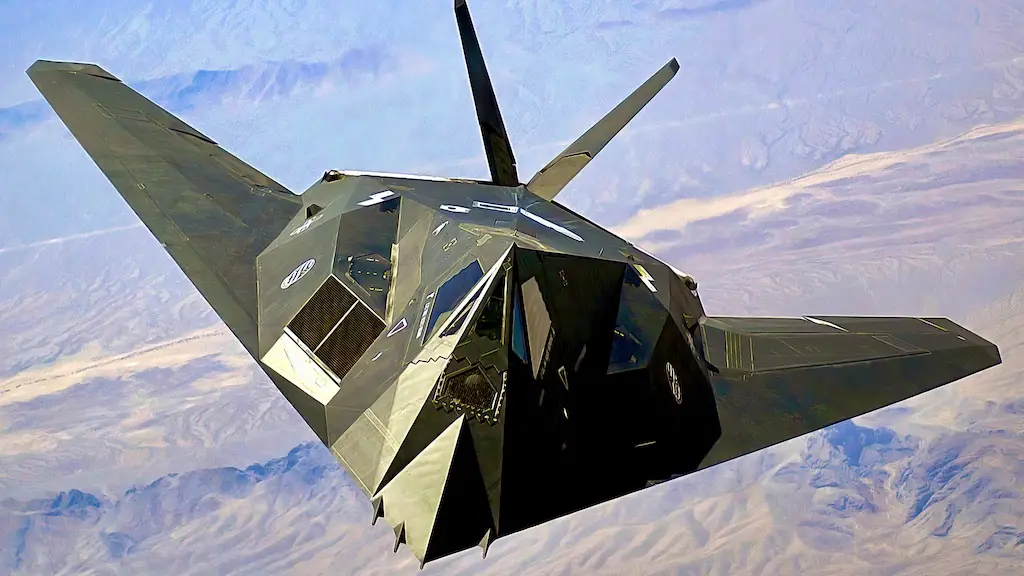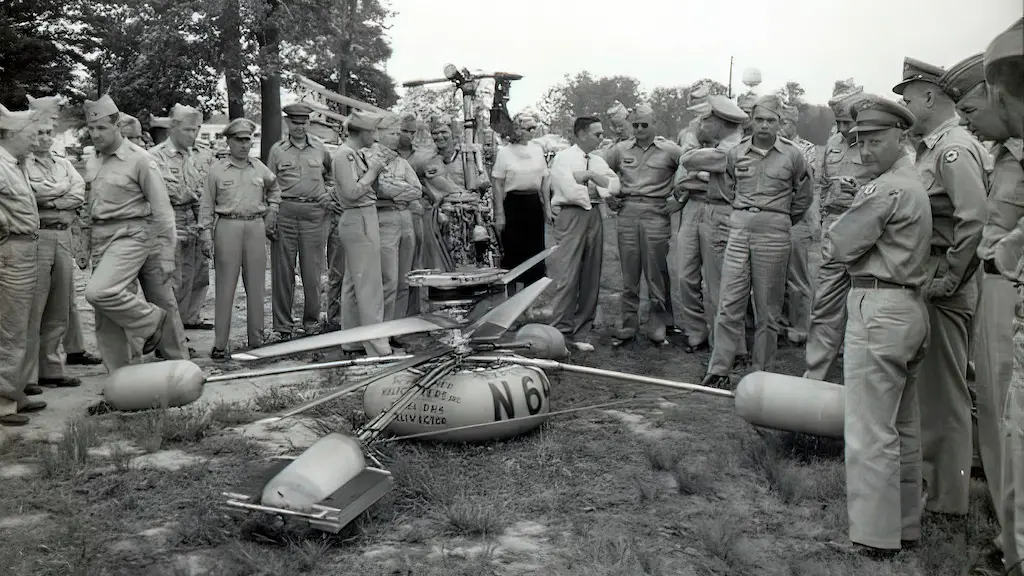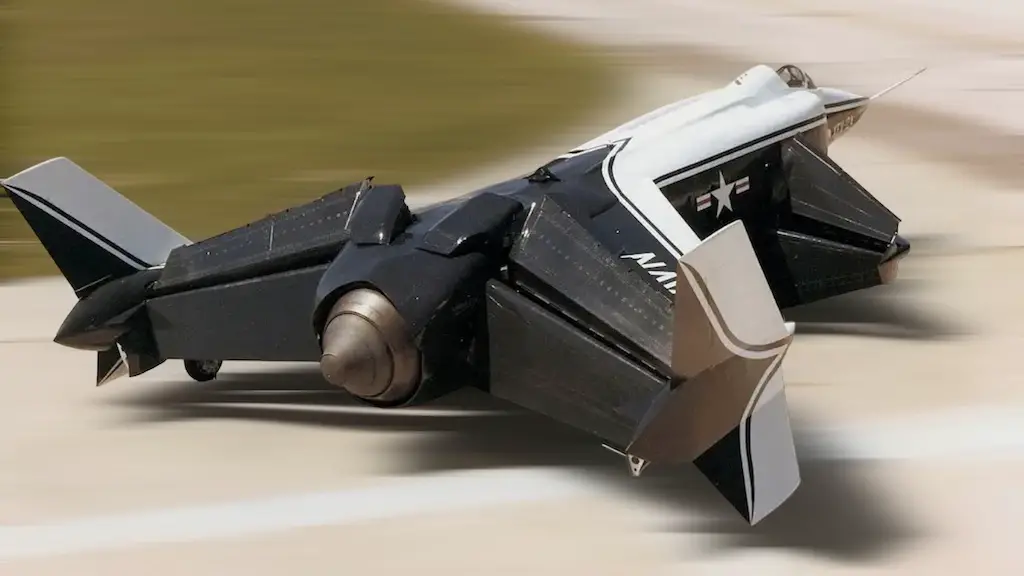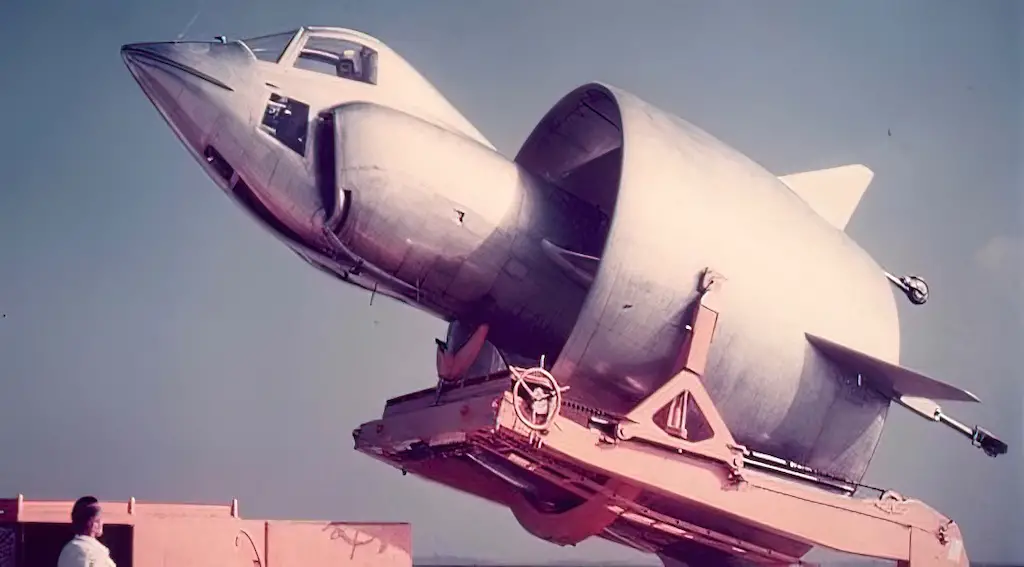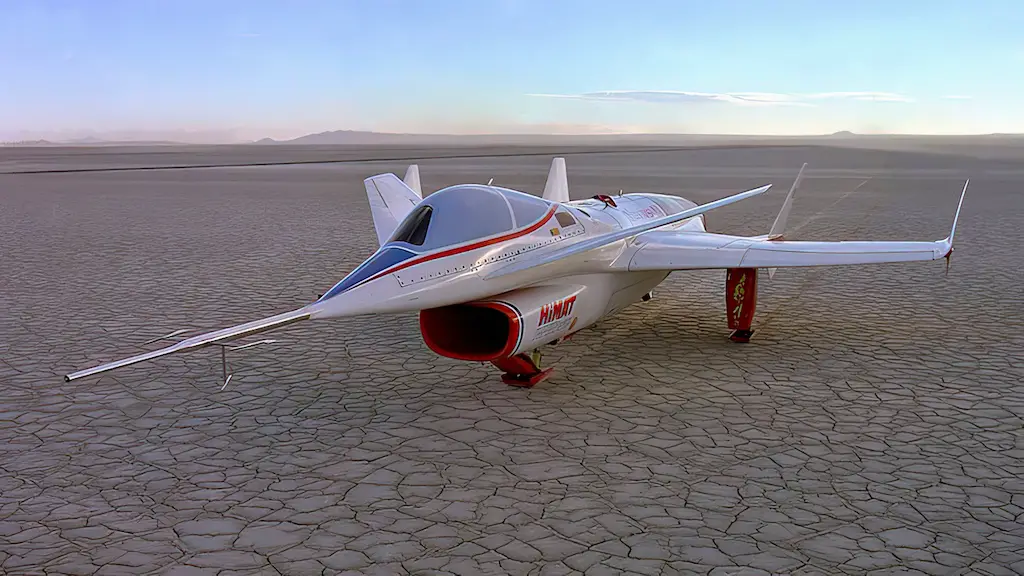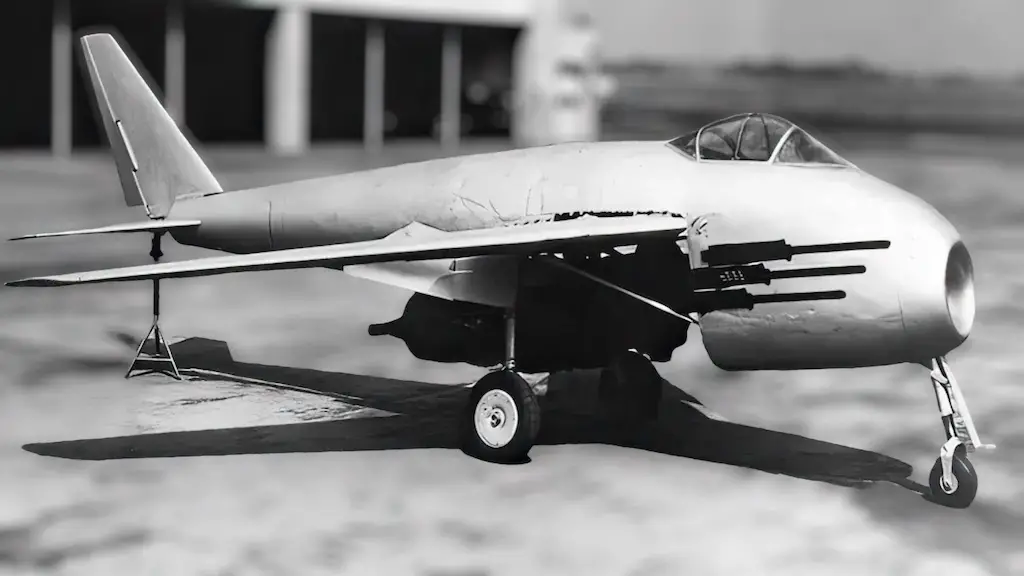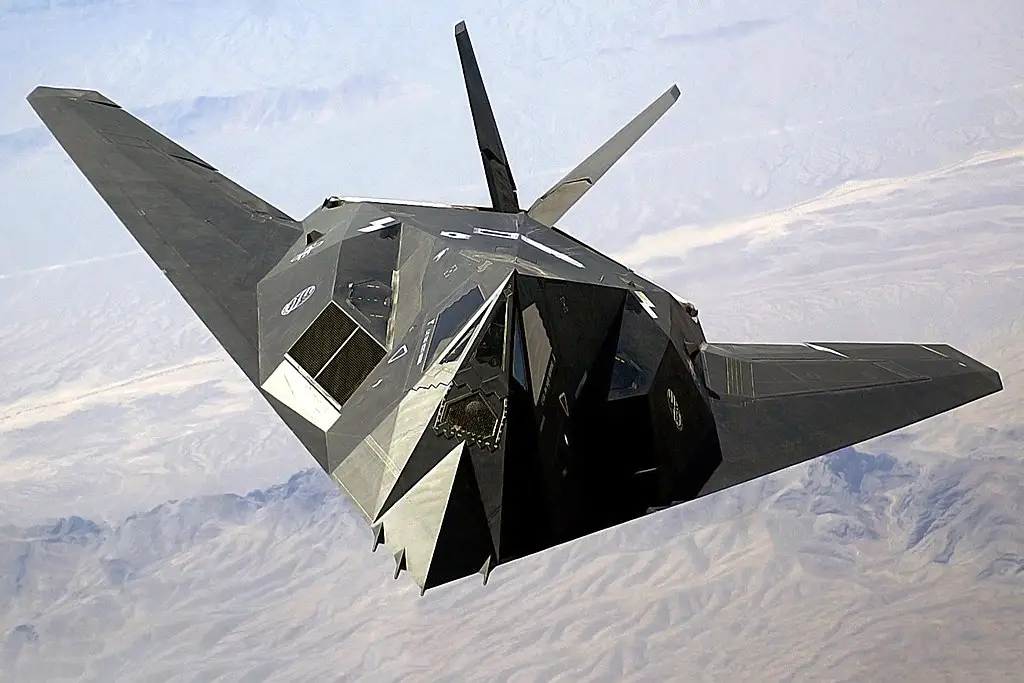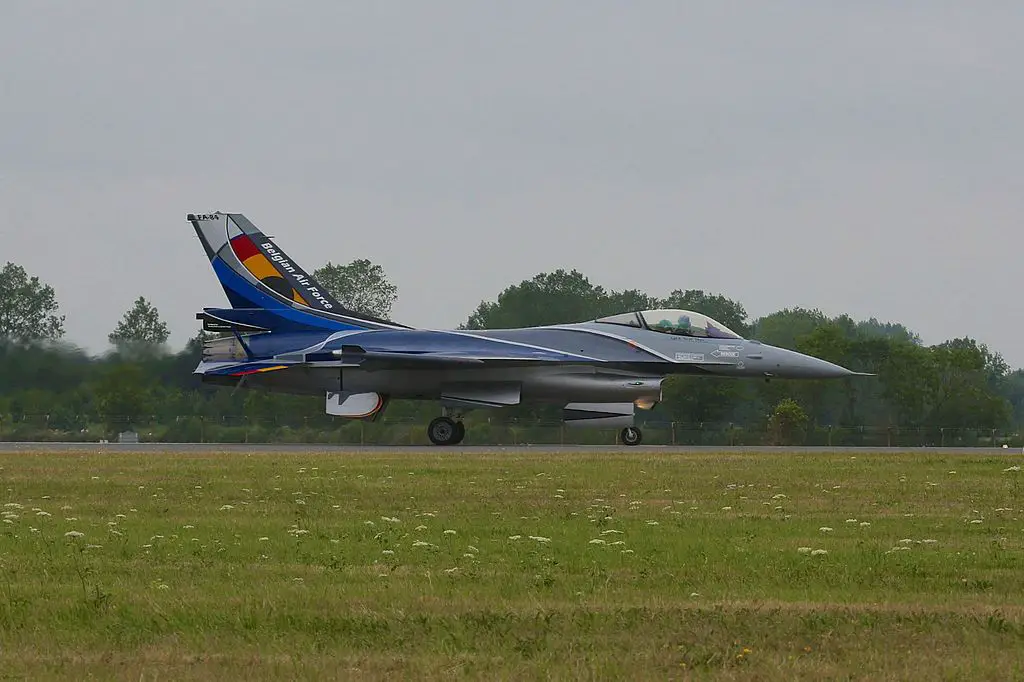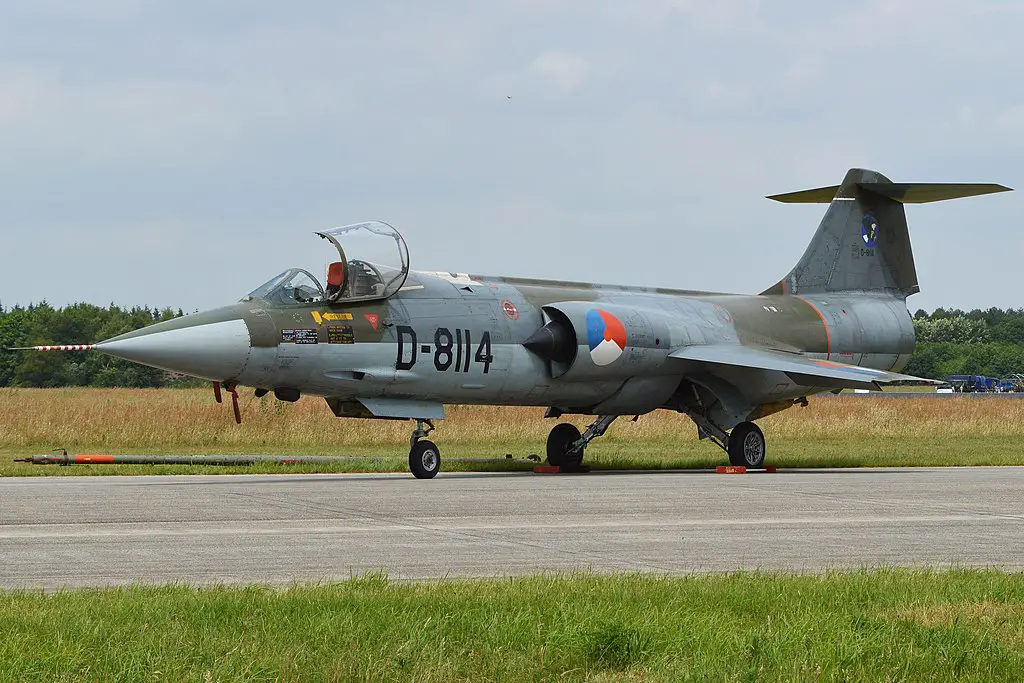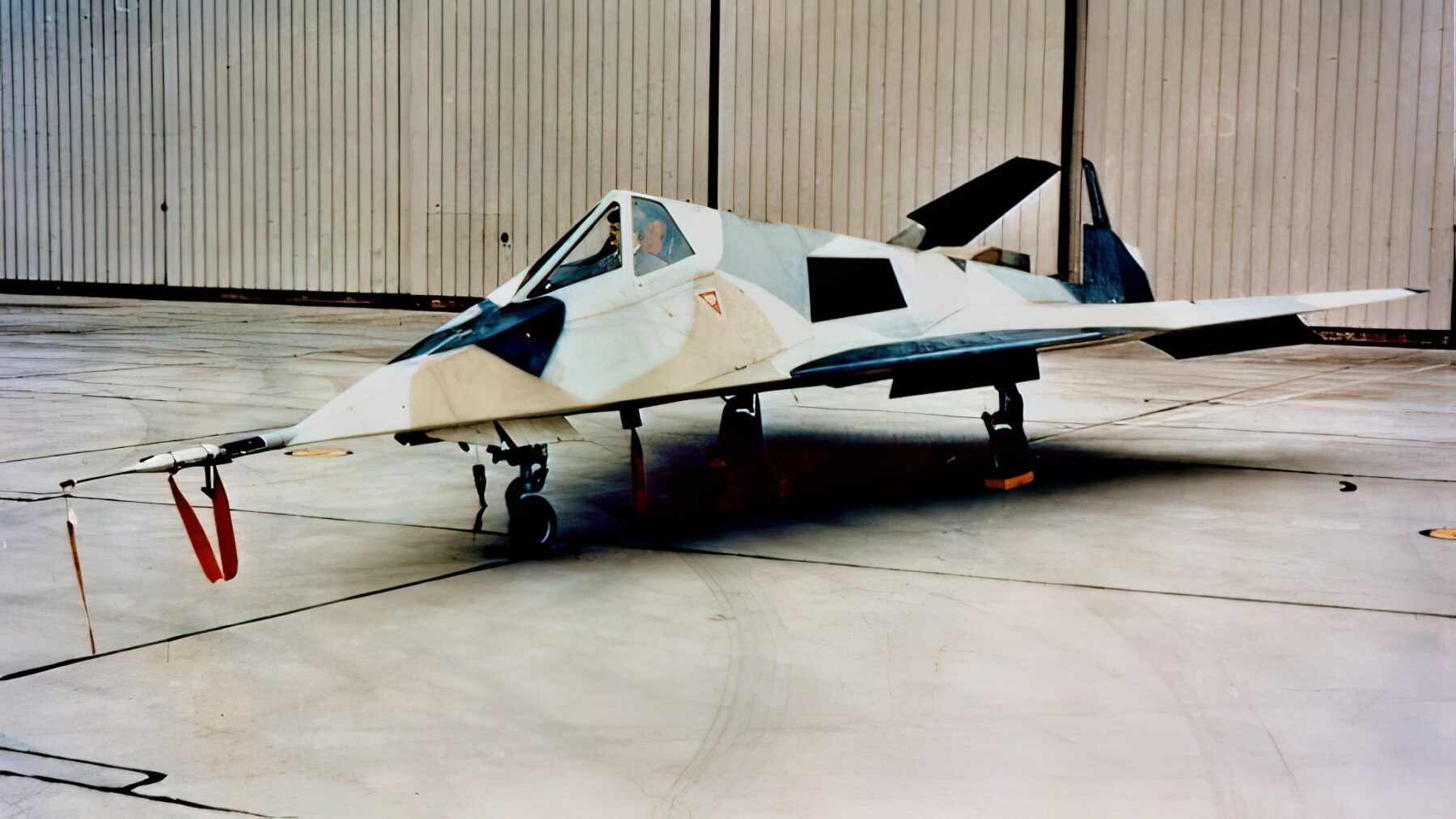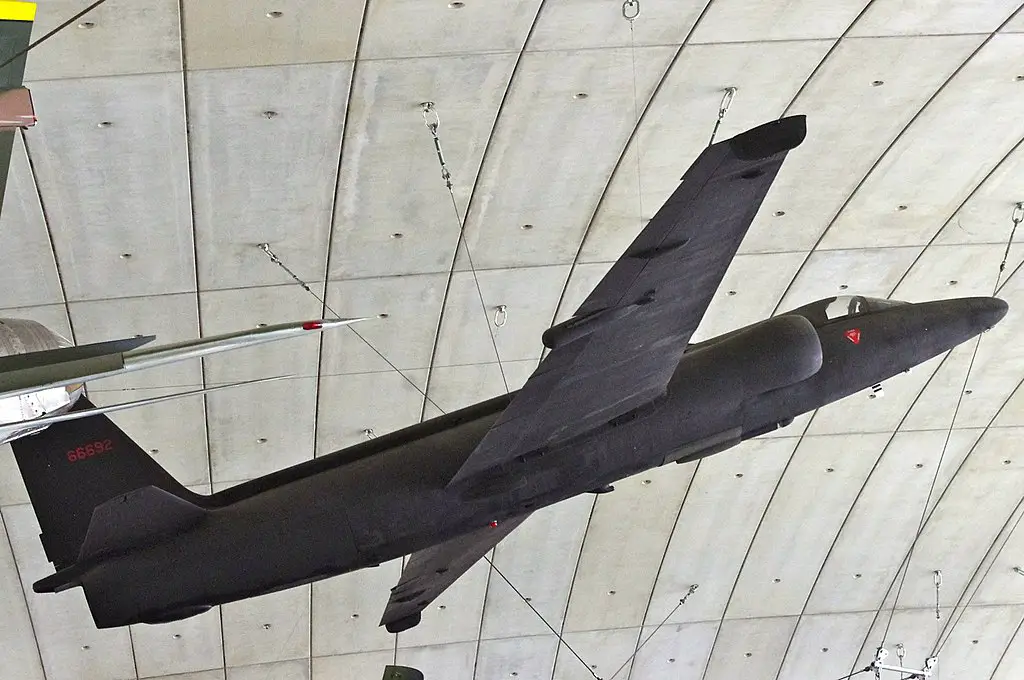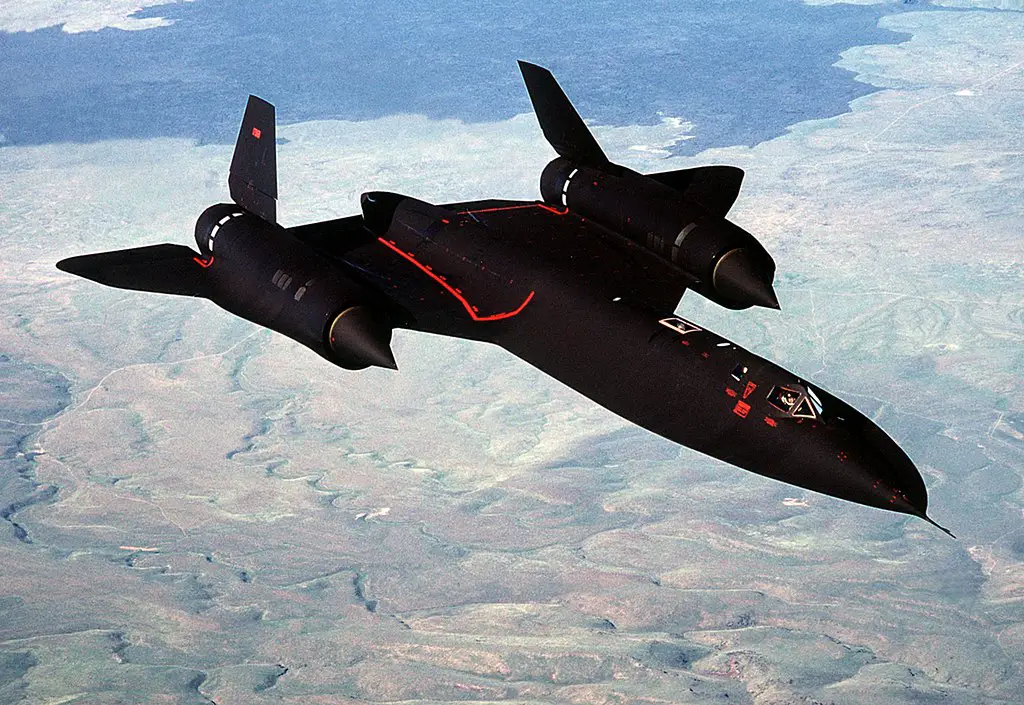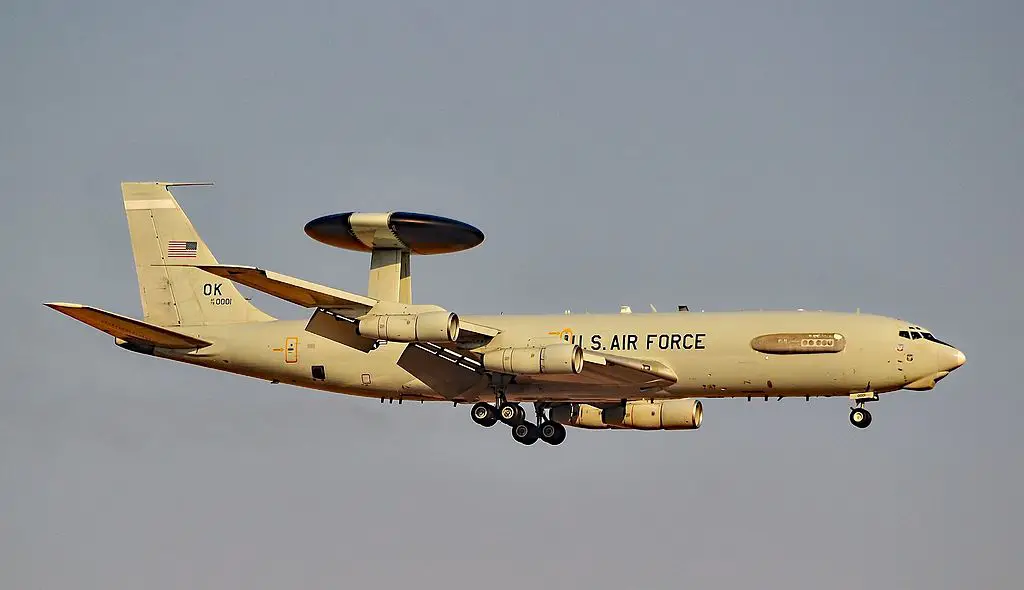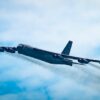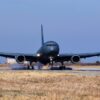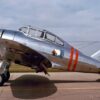The history of aviation knows several breakthrough innovations that revolutionized aerial warfare and broadened the scope of warplanes application, such as the invention of a propeller-synchronized machine gun, introduction of arrested carrier landings, or breaking the sound barrier. Same goes for cabin pressurization, radar, and vertical takeoff capability. By the mid-1970s it seemed that warplanes had become nearly as perfect as possible with little room for radical improvement.
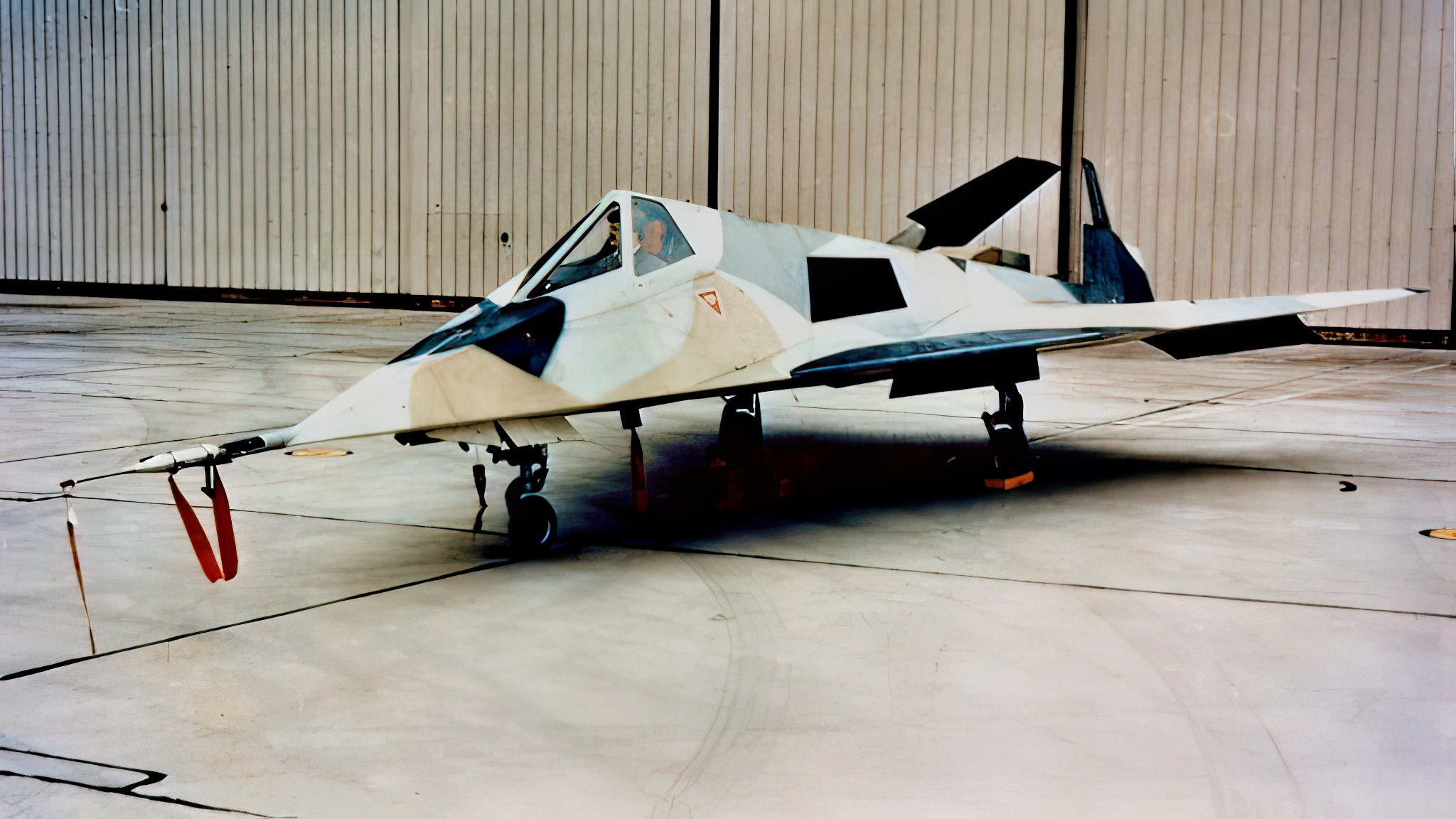
However, Lockheed’s Skunk Works division engineers did not think that the innovation potential of combat aircraft had been exhausted. It’s just that this time they applied their efforts not to attaining better performance characteristics, such as speed, rate of climb, maneuverability, but to achieving stealth. Lockheed tried and made an aircraft invisible to the radar. The revolutionary prototype’s name was Have Blue. And just several years later it materialized into the serially produced F-117 Nighthawk.
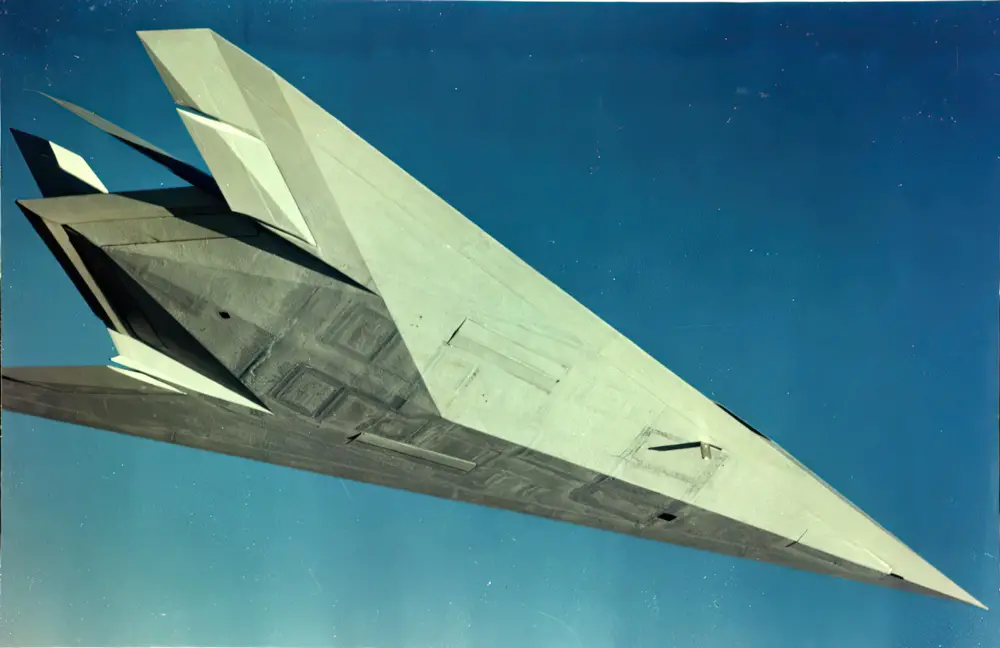
A quest for invincibility
Luckily, the United States and the Soviet Union never engaged in a direct confrontation, except for occasional border dogfights, which were promptly swept under the rug by both sides. Still, throughout the Cold War most American combat aircraft were designed with a high-end conflict between superpowers in mind. The Vietnam War, which was in many ways similar to a possible war with the USSR due to huge amounts of Soviet military assistance to North Vietnam, vividly demonstrated advanced air defenses’ capability to inflict disastrous damage on the adversary’s fleet of bomber and attack aircraft.
There were several more or less effective ways of dealing with that problem: employing EW aircraft to jam enemy radars, using flares and chaff, or simply outrunning surface-to air missiles. Lockheed came up with one more: designing an attack aircraft whose very shape will make it invisible to radars and thus nearly invincible to enemy air defenses during nighttime operations.
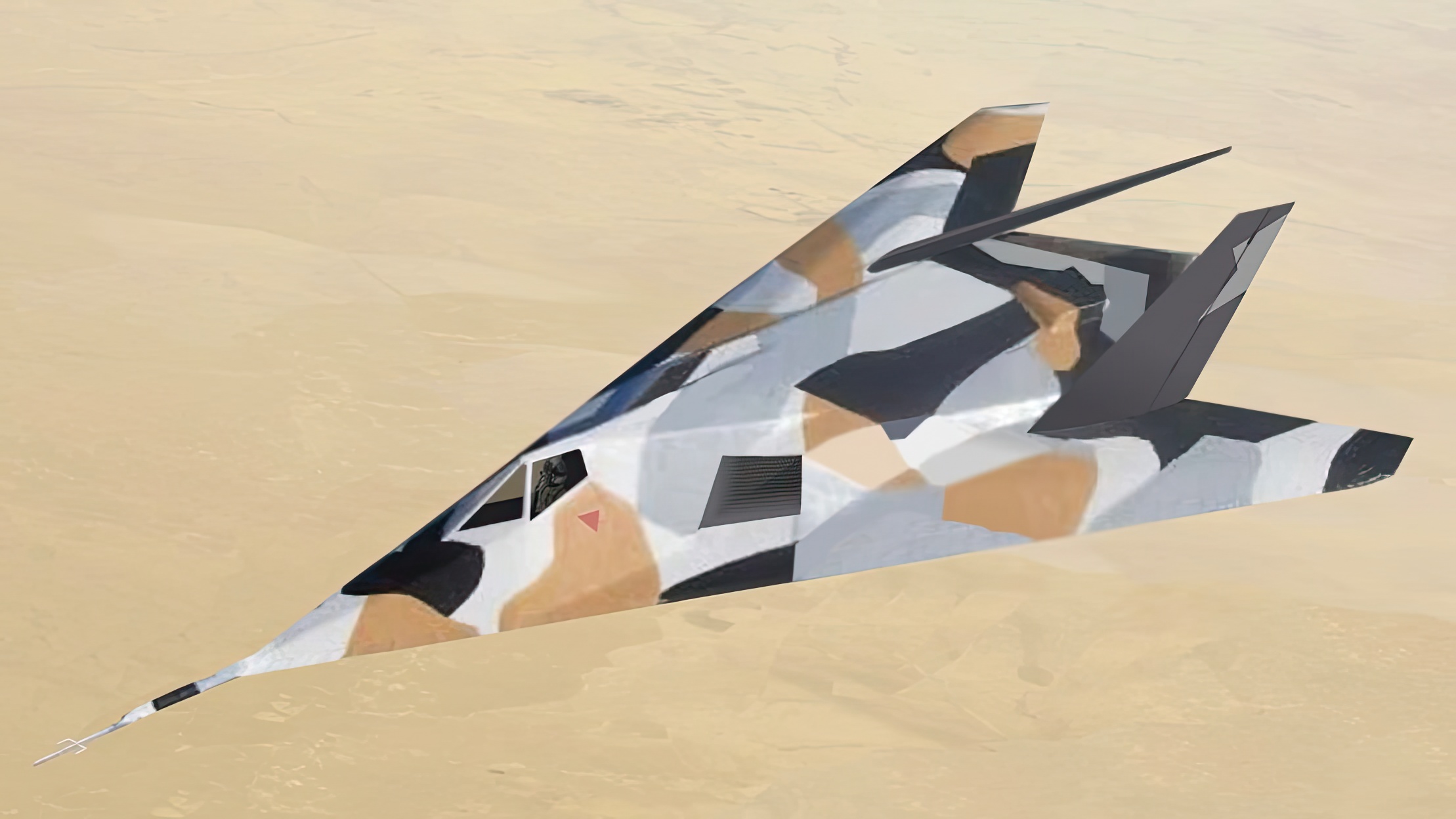
Bringing the stealth concept into life
Lockheed had previously used radar-absorbent material on its U-2 spy plane. The SR-71 Blackbird made use of radar-absorbent paint, too, while also featuring airframe design with reduced radar cross-section. But this time the company went much further. It devised an airframe of such geometry that the majority of radar waves were reflected off its surface in directions other than that of the radar emitting them, thus giving the adversary no radar returns of the approaching US attack aircraft.
A crucial role in this innovation was played by Skunk Works mathematician and radar expert Denys Overholser, who, in turn, had been inspired by an earlier work of Russian scientist Pyotr Ufimtsev on the radar reflectivity of a geometric shape.
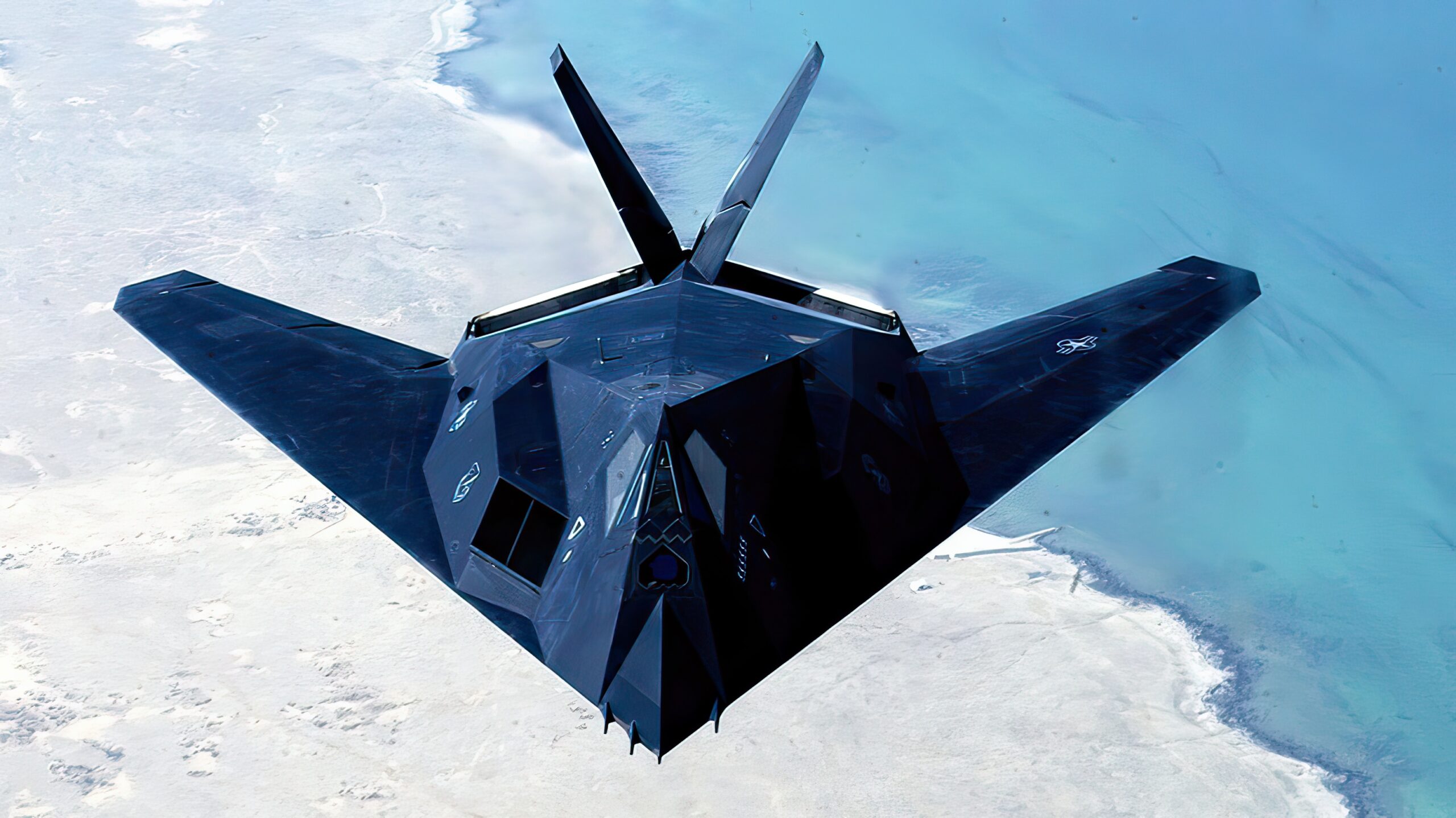
Benefiting from this research and using the most advanced computer technology available at the time, Lockheed experts then modelled an airframe whose surface was broken up into lots of trapezoidal and triangular flat surfaces. For its faceted shape optimized for smallest possible radar return the aircraft got the nickname of “Hopeless Diamond,” a jocular reference to the famous Hope Diamond.
Proving that stealth is real
After initial experiments, such as when a simple model of the future airframe was put on a pole at a radar testing facility, proved the idea was indeed feasible, Lockheed went on to build two flying prototypes. Being essentially just a proof-of-concept plane, Have Blue was largely made using parts of existing aircraft, such as F-16 Fighting Falcon and F-104 Starfighter.
On December 1, 1977, the Have Blue finally made its first flight at the Groom Lake test site, aka Area 51, in Nevada, in high secrecy. The second prototype, Have Blue 1002, which unlike the first one also had radar-absorbent coating, proved to be essentially undetectable by all airborne radars, except Boeing E-3 AWACS (and even this one could only detect it at a very short range). Importantly, both ground-based radars and air-to-air missile guidance radars were incapable of locking onto the Have Blue.
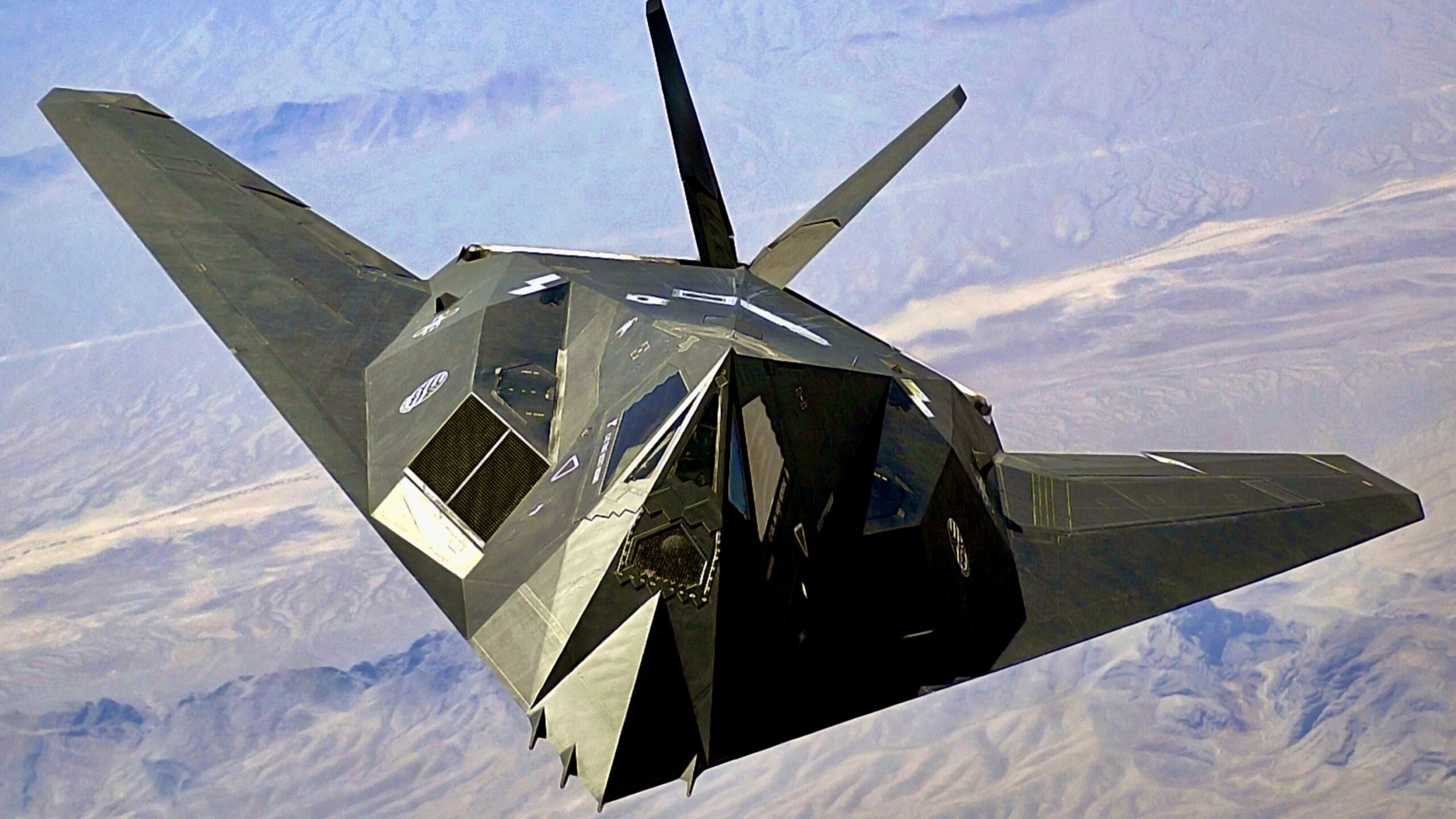
Although both Have Blue prototypes were lost in crashes—luckily not fatal ones—the program was deemed a success. It lead directly to the development of the F-117 Nighthawk, which became operational in October 1983 and played important role in a series of conflicts in the late 20th and early 21st century.

